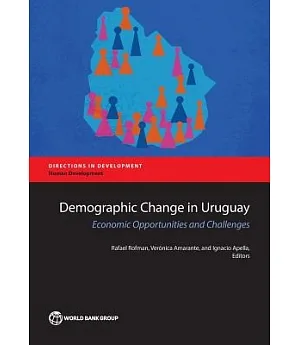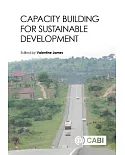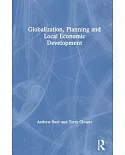The population of Uruguay is undergoing a slow but sustained aging process, driven by the demographic transition that started early in the twentieth century. While this reflects significant
improvements in mortality and fertility trends, it also creates important challenges for the fiscal sustainability of some social policies and the economic trends in the medium and long term.
Uruguay is currently going through the “demographic bond” stage of this process, as the proportion of the population aged between 15 and 65 years old is peaking. This temporary situation
creates the possibility of increasing the endowment of capital and labor force and entering a path of sustained economic growth. For this to happen, it is necessary to generate institutional,
financial and fiscal conditions that promote larger savings and investment, to increase the productivity of the economy and sustain per capita GDP growth.This book studies the opportunities and
challenges that the demographic transition poses for Uruguay´s economy. Once the demographic bond has passed, population aging will have a significant impact on fiscal accounts, especially in
social protection expenditures. This represent a serious policy challenge, demanding reforms to adapt the institutions and systems to a new demographic context. The main challenge for Uruguay
in the next few decades will be to maintain a solid economic growth path in the context of a diminishing working-age population. This will require that labor force participation rates increase,
particularly among women and older citizen, but also that those in the labor market increase their productivity. This will be achieved only through sustained growth of capital per worker ratio
and the incorporation of innovations and technological developments that facilitate increased production of goods and services for the entire population.





















